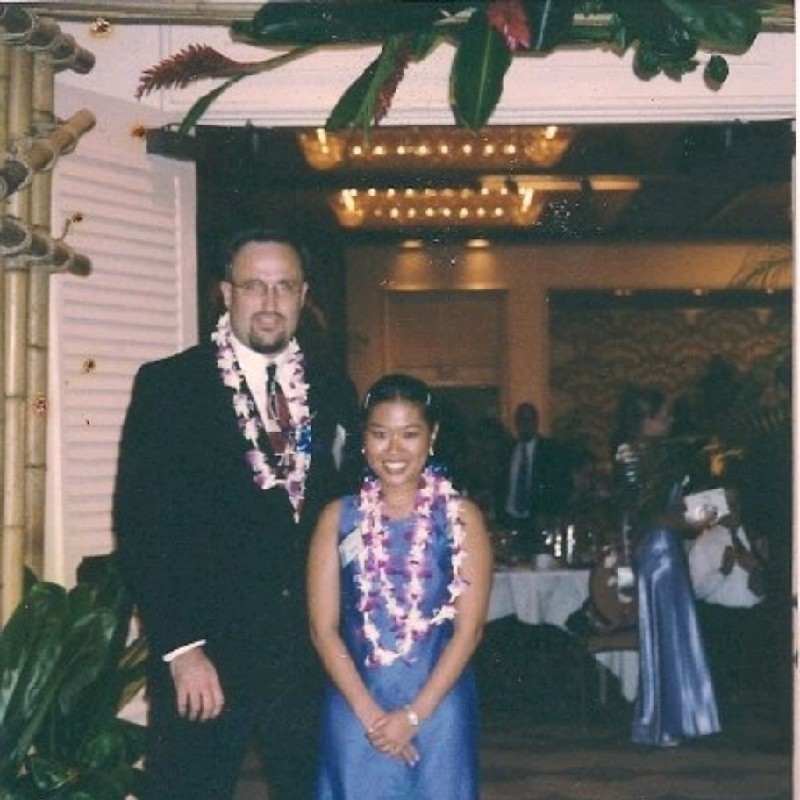MBA 645 9-1 Project Submission: Strategic Marketing Plan for U.S. Park Southeast
In today’s fast-paced world, theme parks face unique challenges and opportunities, especially when it comes to reopening and re-engaging with their audience. For U.S. Park Southeast, this means implementing a strategic marketing plan that not only draws visitors back but also reinforces brand equity, employs effective communication strategies, and leverages both traditional and digital marketing methods.
Understanding Brand Equity
Before we dive into the specifics of the marketing strategy, it’s crucial to understand the concept of brand equity. Brand equity refers to the value a brand holds in the eyes of consumers, based on recognition, reputation, and influence. For U.S. Park Southeast, positive brand equity is key, as it signifies trust and loyalty among visitors—a must-have for effective reopening.
Positive Implications of Brand Equity
- Community and Local Government Support: Demonstrates commitment to safety and quality, building trust.
- Employee Engagement: Boosts morale and reduces turnover, ensuring a consistent experience for visitors.
- Customer Loyalty: A well-loved brand can draw visitors even amid competition.
Negative Implications of Brand Equity
- Social Media Backlash: Mishandled situations can lead to negative perceptions.
- Operational Concerns: Safety issues can damage consumer trust.
- Employee Concerns: Poor internal perceptions can affect service quality.
Strategic Communication Plan
To maximize the positive implications and mitigate the negatives, U.S. Park Southeast should implement a robust communication plan, focusing on three key stakeholder groups:
- Employees: Keep them informed and trained on new protocols and safety measures. This builds confidence in operations and enhances customer experiences.
- Customers: Regular updates via emails, social media, and traditional advertising will assure them of the park’s safety and new attractions.
- Vendors: Provide clear guidelines and updates on partnerships and operational changes.
Leveraging Traditional and Digital Marketing
Traditional Marketing Methods
Print Advertising, Radio, and Direct Mail remain powerful tools. Print can showcase attractions, while radio reaches a wide audience. Direct mail offers personalized messages to past visitors.
Advantages:
- Broad reach through traditional methods.
- Tangible materials that create lasting impressions.
Disadvantages:
- Higher costs compared to digital methods.
- Limited targeting capabilities.
Digital Marketing Methods
Social Media, Influencer Marketing, and Email Campaigns are essential for engaging with tech-savvy audiences. These methods offer tailored interactions and real-time feedback.
Advantages:
- Precise targeting using data analytics.
- Interactive platforms that boost engagement.
Disadvantages:
- Requires ongoing management and content creation.
- Risk of negative feedback spreading quickly.
Integrating Traditional and Digital Marketing
A cohesive strategy that blends both traditional and digital methods will ensure maximum reach and engagement. For instance, a radio ad can direct listeners to a social media challenge, creating a cross-platform experience.
Setting SMART Objectives
Every effective marketing plan requires clear objectives. For U.S. Park Southeast, SMART (Specific, Measurable, Achievable, Relevant, Time-bound) objectives will help track progress and make necessary adjustments. Example objectives might include:
- Increase visitation by 25% within six months post-reopening.
- Achieve a 90% satisfaction rate in post-visit surveys.
Continuous Improvement with PDCA
Employ the PDCA (Plan-Do-Check-Act) cycle for ongoing improvements. By continually assessing and refining strategies, U.S. Park Southeast can adapt to changes and optimize performance.
Crisis Management Strategies
Incorporate crisis management into the marketing plan to address and mitigate potential negative impacts. Regularly update protocols and communicate transparently with stakeholders.
Conclusion
Reopening U.S. Park Southeast is not just about opening the gates; it’s about creating an experience that resonates with visitors, assures them of safety, and rekindles their love for the park. By focusing on brand equity, strategic communication, and integrated marketing methods, theme park managers and business leaders can pave the way for a successful reopening and sustained growth.
Interested in seeing these strategies in action? Visit our website to learn more about how we’re transforming experiences with innovative marketing strategies.





